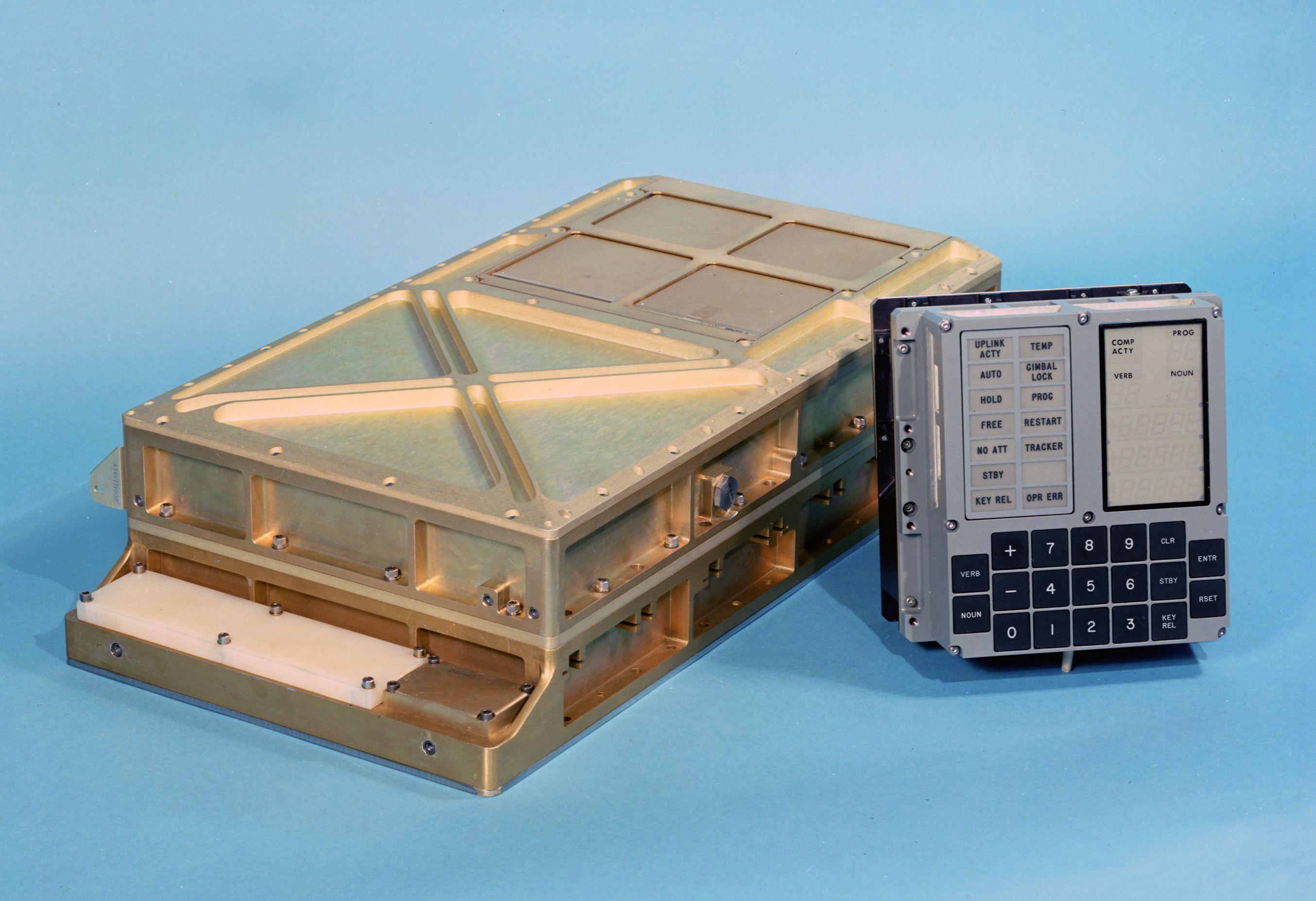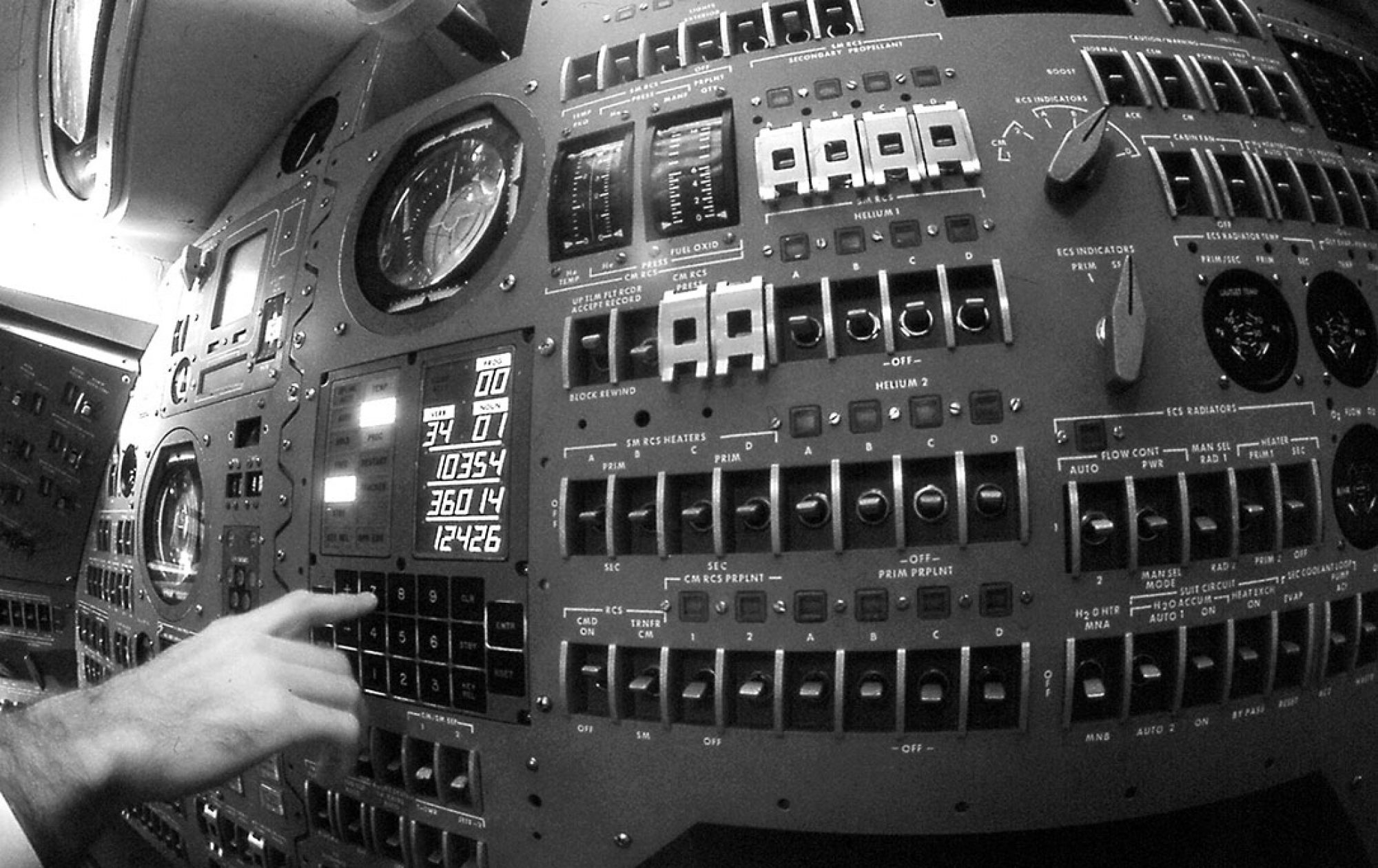The Apollo missions is one of the most ambitious and monumental achievements in the history of mankind. The lunar landings required technologies which were cutting edge at the time. One of the true, major breakthroughs was the Apollo Guidance Computer (AGC). The AGC was responsible for allowing the astronauts to safely navigate interplanetary space, and was one of the first portable computers to be ever developed with cutting edge integrated chips.
That’s one small step for man, one giant leap for mankind.
– Neil Armstrong, 1969
Today is 2022, more than 50 years since the development of the AGC. There has been tremendous advancements in integrated circuits, computer architecture design, and electrical hardware. The “To the 60’s and Back” will bring back the AGC to the modern world. The entire computer which weighed 70 pounds will be implemented in a compact, slick format using a high-performance FPGA. A version of the original AGC architecture will be implemented at an RTL level, and a modern, improved rendition of the DSKY display will physically fabricated. The final product will be an efficient and capable 21st century flight computer, inspired by the ingenuity of the 60’s.

